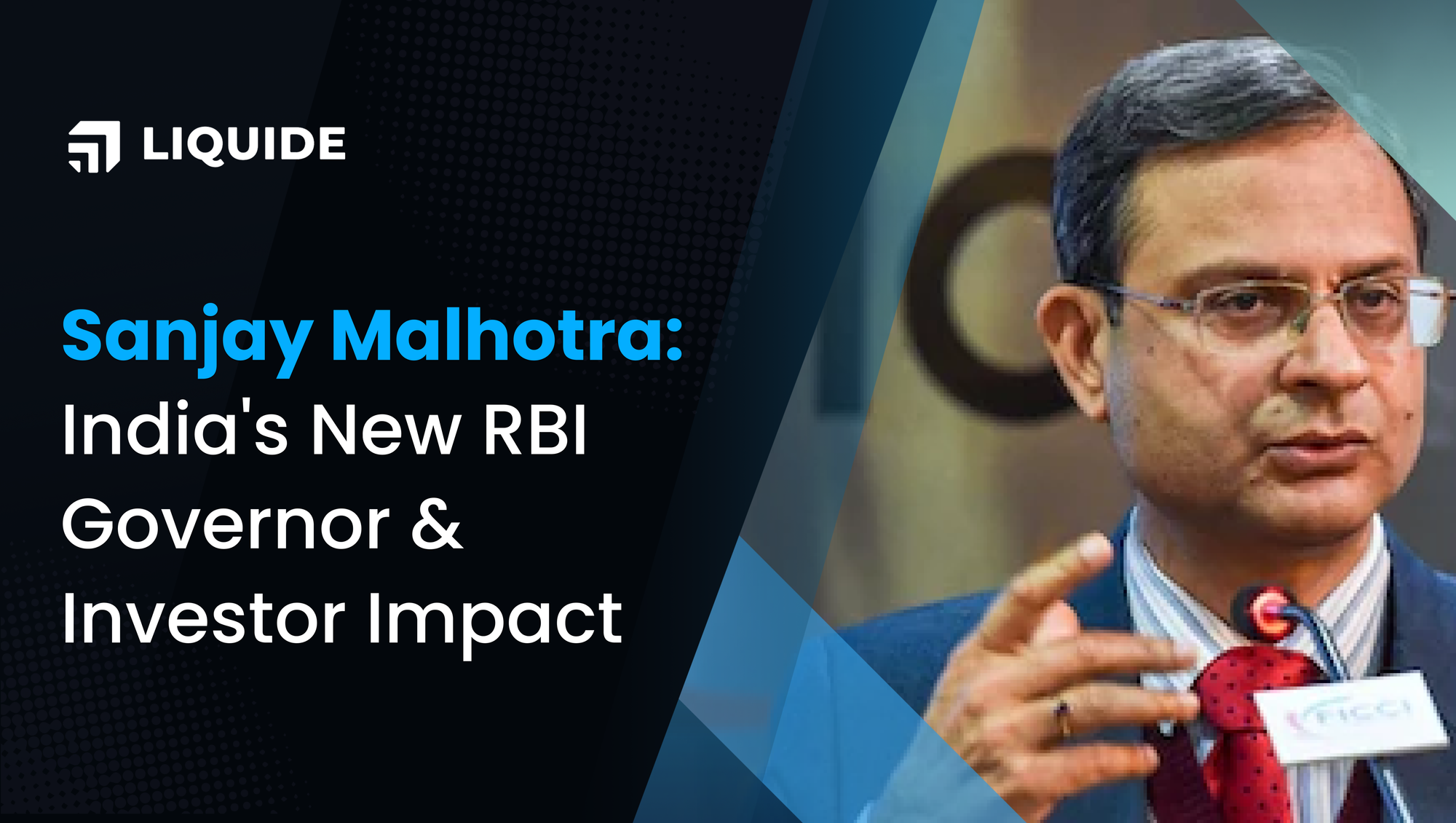Sanjay Malhotra Appointed as India’s 26th RBI Governor – What Investors Need to Know
Sanjay Malhotra has been appointed as India’s 26th RBI Governor. Learn how his leadership will impact investors, interest rates, and India’s economy.

The Reserve Bank of India (RBI) has appointed Sanjay Malhotra as its 26th Governor for a three-year term. Currently serving as the Revenue Secretary in the Finance Ministry, Malhotra will officially assume office on December 11, 2024. His appointment marks a significant leadership change at a crucial time for India’s economy, sparking curiosity among investors and analysts.
Who is Sanjay Malhotra? Key Highlights of His Journey
1. Strong Administrative and Educational Background
- Sanjay Malhotra is a 1990-batch IAS officer from the Rajasthan cadre.
- He holds a Computer Science degree from IIT-Kanpur and a Master’s in Public Policy from Princeton University.
2. Over 33 Years of Experience Across Key Sectors
Malhotra brings extensive experience spanning:
- Finance, IT, Taxation, Power, and Mining sectors.
- Served at senior positions both at central and state levels.
3. Significant Contributions Before Becoming RBI Governor
- As Revenue Secretary, he played a pivotal role in boosting tax collections and strengthening fiscal discipline.
- Prior to this, as Secretary in the Department of Financial Services, he was instrumental in driving reforms in the banking and financial sector.
- He served as the ex-officio Secretary to the GST Council, showcasing his expertise in taxation and revenue policies.
4. Leadership in Public Enterprises
Malhotra previously held the position of Chairman and Managing Director of REC Ltd, a key government-run enterprise. His strategic leadership is well-regarded across industries.
Challenges Awaiting Sanjay Malhotra at the RBI
1. Balancing Inflation and Economic Growth
India’s economy is navigating through a phase of heightened volatility. While inflation remains above the RBI’s comfort zone, the government faces increasing pressure to stimulate growth, especially after weaker-than-expected Q2 GDP data.
Key Focus Areas:
- Monitoring inflation trends.
- Supporting economic recovery through liquidity management.
- Ensuring financial stability amidst global economic uncertainties.
2. The Outlook for Interest Rates
The Monetary Policy Committee (MPC) is set to meet between February 5-7, 2025, to discuss future monetary policy actions. Rate cuts may be on the horizon, as the RBI has revised its GDP growth forecast for FY25 downward to 6.6%, signaling potential economic headwinds.
In its December meeting, the RBI maintained a neutral stance, holding the repo rate steady while implementing measures to boost liquidity. Read More: RBI Cuts CRR by 50 bps | Positive for Banks
Investor Takeaway: What Lies Ahead?
Malhotra’s background in taxation and financial services will likely bring a sharp focus on fiscal consolidation, which is critical for long-term economic stability. Investors can expect prudent and well-calibrated policy decisions, ensuring a fine balance between controlling inflation and promoting economic growth.
Given his past role in driving banking reforms, Malhotra’s tenure could see further strengthening of India’s financial ecosystem, benefiting both retail and institutional investors.
Stay updated with the latest market trends and expert insights. Download the Liquide App now to access real-time market analysis and recommendations tailored to enhance your investment strategy.

